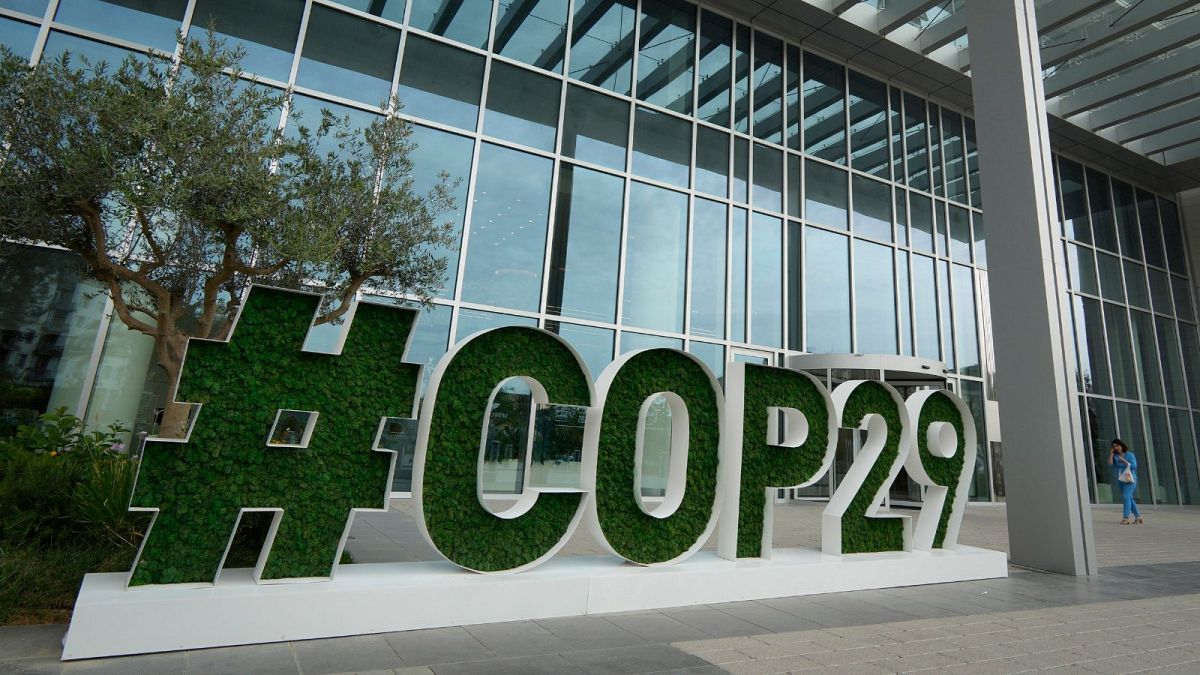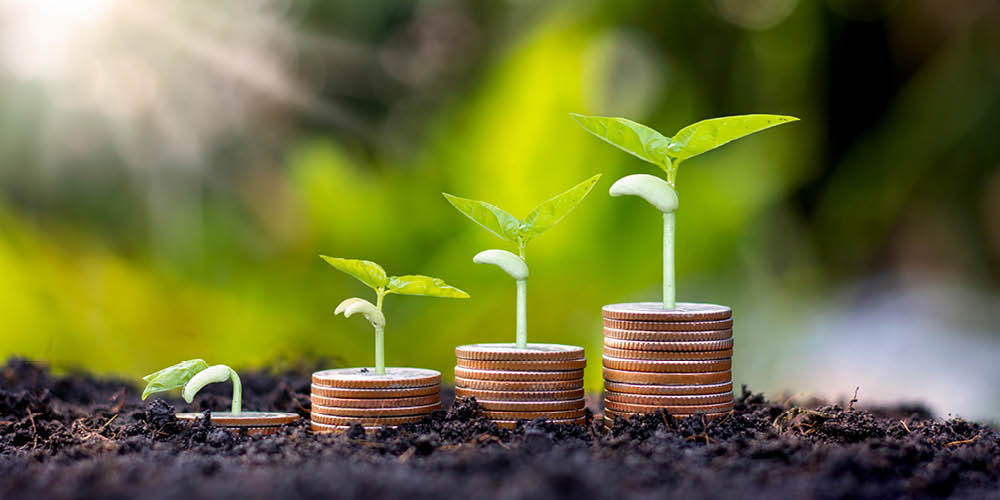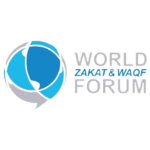Building Resilient Climate Strategies: A Waqf-Based Model for Sustainable Impact
By Ibrahim Abdul Mugis, Climate Change Activist with 12 Years of Experience
Introduction: Rethinking Climate Solutions with Waqf
For over a decade, I’ve had the privilege of attending major global climate summits, including the COP events in Japan, Copenhagen, and beyond. As a pioneering member of the Global Power Shift Malaysia and a leader at Awqaf Africa, my experiences have reinforced the urgent need to address climate change with sustainable, scalable, and impactful solutions.

While world governments continue to debate climate policies, grassroots movements and organizations must take a proactive role in driving change. One such transformative model is Waqf, an Islamic philanthropic institution with a history of funding social welfare programs. Today, Waqf has the potential to revolutionize the way we fund and implement green initiatives.

This article explores how the Waqf Climate Action Model can address climate challenges while creating a sustainable ecosystem for climate resilience.
The Waqf Climate Action Model: A New Framework for Climate Action
The Waqf Climate Action Model incorporates principles of Islamic finance and philanthropy to support sustainable climate solutions. Here’s how it works:

- Value Proposition: Why Waqf Matters
Core Purpose:
We aim to combat climate change by leveraging Waqf funds to support sustainable practices, advocate for strong climate policies, and empower vulnerable communities.
Impact Vision:
Accelerate the transition to a low-carbon economy, promote climate justice, and implement green solutions through Waqf-backed projects.
Key Deliverables:
- Renewable energy programs funded by Waqf.
- Carbon-neutral supply chains.
- Circular economy initiatives.
- Community resilience and capacity-building programs.

- Key Partners: Building Global and Local Alliances
Successful climate action requires collaboration. Key partners include:
- Islamic Finance Institutions: Engage zakat and Waqf boards to mobilize funds for climate projects.
- International Organizations: Partner with global institutions like UNFCCC, UNEP, and the Islamic Development Bank.
- Local Governments: Integrate Waqf-backed programs into regional climate policies.
- NGOs and Grassroots Movements: Execute on-the-ground projects and raise awareness.
- Corporate Allies: Co-invest with businesses committed to sustainable practices.

- Key Activities: Turning Waqf into Action
Here’s how Waqf can be actively used to combat climate change:
- Establish Green Waqf Funds: Create perpetual endowments to finance renewable energy, reforestation, and sustainable agriculture projects.
- Policy Advocacy: Promote Waqf-based financing in national and global climate policies.
- Capacity Building: Educate stakeholders on climate resilience strategies.
- Carbon Offsetting Programs: Invest in land and reforestation to offset carbon emissions.
- Community Engagement: Organize education campaigns to raise awareness about sustainable practices.

- Key Resources: Tools for Transformation
To bring this model to life, we need the following resources:
- Waqf Properties and Assets: Land, buildings, and agricultural resources for funding and sustainable practices.
- Financial Capital: Endowments, zakat, and sukuk bonds for climate financing.
- Technology Platforms: Use of AI, blockchain, and data systems to monitor projects and track progress.
- Human Capital: Experts in climate science, Islamic finance, and policy-making.

- Customer Segments: Who We Serve
Our key beneficiaries include:
- Communities: Especially vulnerable populations like farmers, coastal residents, and marginalized groups.
- Government Agencies: Policymakers seeking alternative and sustainable climate financing.
- Investors and Donors: Philanthropic organizations, Islamic financial institutions, and CSR-focused businesses.
- Youth Movements: Students and activists advocating for a sustainable future.
- Channels: Reaching Stakeholders
Effective communication and outreach are key to engaging stakeholders. Here are some channels for spreading the message:
- Digital Platforms: Websites, social media, and webinars to reach global audiences.
- Conferences and Forums: Events like COP for advocacy and policy influence.
- Publications: Reports, whitepapers, and case studies on Waqf’s impact.
- Community Workshops: Local programs that teach sustainable practices and empower communities.
- Cost Structure: Financing Sustainability
To ensure financial sustainability, we need:
- Operational Costs: Staff salaries, logistics, and monitoring systems.
- Research & Development: Investments in scalable green technologies and impact assessment tools.
- Program Implementation: Renewable energy installations, water systems, and reforestation efforts.
- Marketing & Communication: Advocacy campaigns, stakeholder engagement, and reporting.
- Revenue Streams: Sustainable Financing
The Waqf model creates a diverse revenue stream, including:
- Waqf Income: Earnings from rental properties, agricultural outputs, and endowment returns.
- Green Sukuk Bonds: Islamic bonds dedicated to funding climate projects.
- Carbon Credits: Revenue generated from reforestation and carbon offset programs.
- Consultancy Services: Providing climate advisory to businesses and governments.
- Donations and Grants: Contributions from international bodies and philanthropic sources.
Case Study: Lessons from COP Participation
Over the years, attending multiple COP events has underscored the gaps in financing and technology transfer that hinder climate action. Waqf provides a solution by creating perpetual funds that support long-term projects. For example, Waqf-endowed funds can be dedicated to renewable energy infrastructure and community-based adaptation programs, ensuring sustainable climate action without relying on volatile government budgets.
Conclusion: Waqf as the Solution for Climate Resilience
The increasing severity of climate challenges demands innovative and sustainable solutions. Waqf-based financing offers a unique and proven model for creating long-term, self-sustaining climate initiatives.
By combining the Waqf Climate Action Model with the Business Model Canvas, organizations can:
- Scale impactful climate projects.
- Attract impact investors.
- Ensure measurable outcomes and long-term sustainability.
This model blends Islamic finance principles with modern sustainability strategies, proving that we can create a climate-resilient world with the help of Waqf.
About the Author
Ibrahim Abdul Mugis is a climate change activist and sustainability expert with over 12 years of experience in global climate conferences, including COP events in Japan and Copenhagen. He is currently leading sustainability projects at Awqaf Africa, focusing on renewable energy, waste management, and circular economies.

Awqaf Africa is a prominent organization dedicated to empowering communities across the African continent. Established to foster sustainable development and social welfare, Awqaf Africa focuses on harnessing the potential of endowments (awqaf) to drive positive change. Through strategic initiatives, partnerships, and impactful projects, Awqaf Africa endeavors to address socio-economic challenges and promote prosperity within African societies.
- Choose your favourite cause
- Register to our website !
- Donate the amount you like
- Stay tuned about cause






Leave a Reply